Envision
The Role of Health and Safety Solutions in the Metro Rail Industry

Table of content
1. Introduction
2. The Importance of Metro Rail Health and Safety
3. Key Health and Safety Solutions
The metro rail sector is a large network of services and systems that transports millions of passengers across worldwide urban landscapes daily. It is critical to ensure the safety and well-being of these passengers, the crew, and the equipment that makes it all possible. Here is where health and safety solutions come into play.
The Importance of Metro Rail Health and Safety
Because of the inherent dangers of metro rail operations, health and safety are key priorities. Heavy machinery, high speeds, vast crowds, intricate electrical systems, and toxic materials all pose threats to human life and infrastructure if not appropriately managed.
These hazards, combined with the public's growing need for safer, cleaner, and more efficient transportation, mean that effective health and safety solutions are no longer optional in the metro rail business; they are required.
Key Health and Safety Solutions
Advanced technology is becoming increasingly important in improving safety in the metro rail business. Different technologies, ranging from AI-powered predictive maintenance tools that detect probable equipment problems before they occur to real-time passenger monitoring systems that improve crowd control and maintain social separation, have played a role in making surroundings safer.
IoT devices and sensors put throughout infrastructures aid in monitoring structural health, identifying abnormalities, and issuing notifications about potential hazards. These devices are critical for fire detection, air quality control, temperature adjustment, and a variety of other safety precautions.
Furthermore, cybersecurity solutions defend train systems from digital threats, which could jeopardize safety if left unchecked. For operations, ticketing, monitoring, communication, and so on, rail systems rely extensively on digital infrastructures. It is just as critical to protect these systems from cyber threats as it is to protect physical infrastructure.
Staff training and education is a critical component of health and safety in the metro rail sector. Humans will always be at the center of operations, no matter how advanced technology grows. Comprehensive safety protocol, emergency response, and risk management training programs provide employees with the knowledge and skills they need to maintain safety standards and respond successfully to situations.
Adherence to transportation authorities' safety norms and standards is critical for sustaining safety in the metro rail business. These rules establish guidelines for everything from building and design to operations and maintenance.
Commitment to these guidelines not only assures the safety of operations but also assists metro rail businesses in avoiding legal ramifications and reputational harm. To maintain continuing compliance, audits, and assessments should be performed on a regular basis.
Implementing health and safety solutions in the metro rail business entails more than just following laws or installing cutting-edge technology. It is all about fostering a culture of safety. This entails creating an environment in which safety is viewed as a common duty, and where every employee is encouraged to take proactive actions to safeguard their own and passengers' safety.
Health and safety occupy an essential and vital role in the metro rail business. The industry, on the other hand, can efficiently manage risks, improve safety standards, and deliver a secure and reliable service to the millions that rely on it every day by using technology, focusing on training and education, maintaining regulatory compliance, and promoting a culture of safety.
Talk to us today to know how our solutions can accelerate your digital transformation
Let's Talk


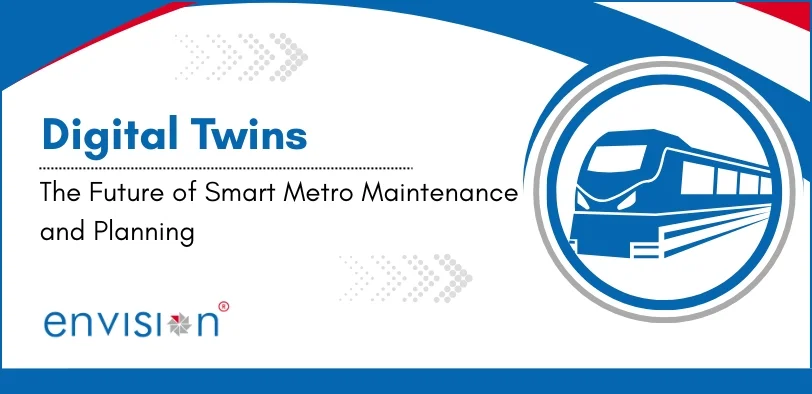

.webp)
.webp)
.webp)
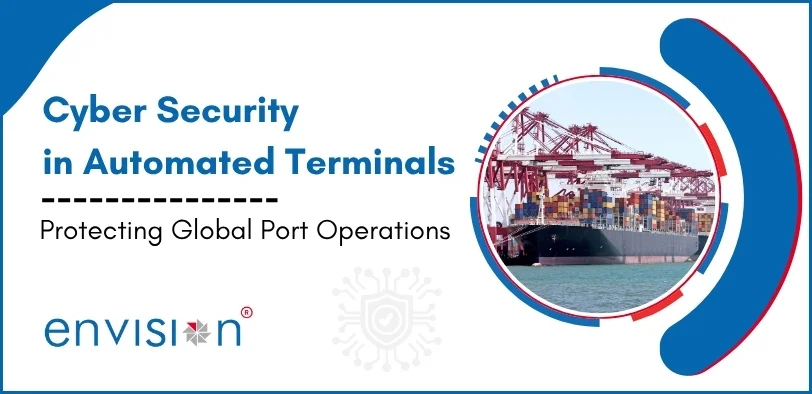



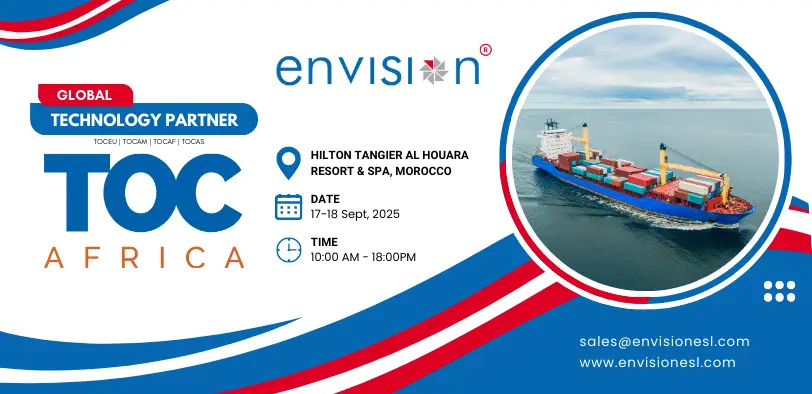
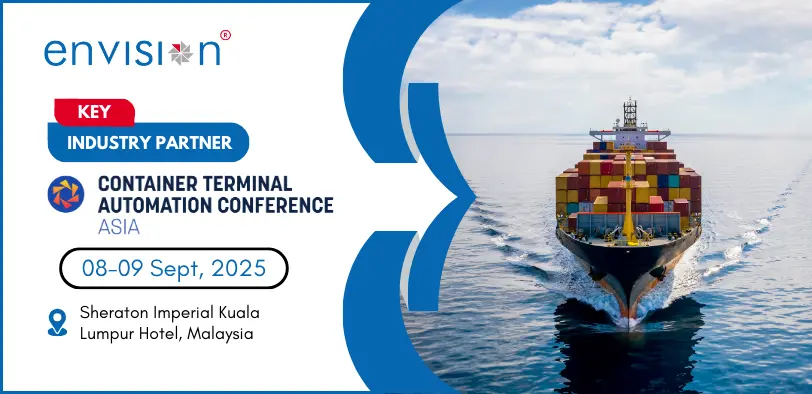
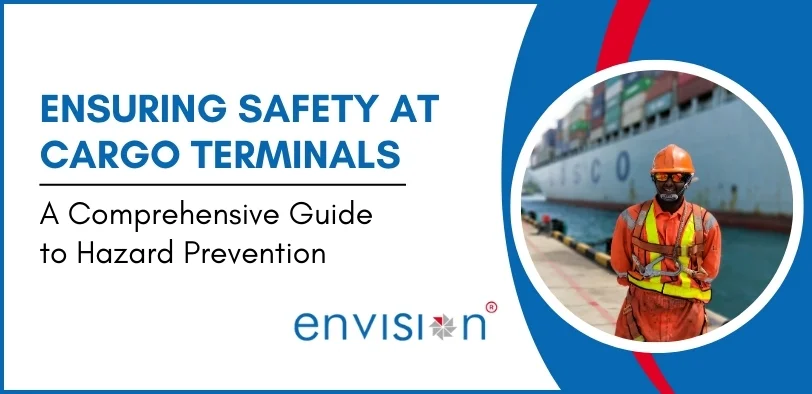
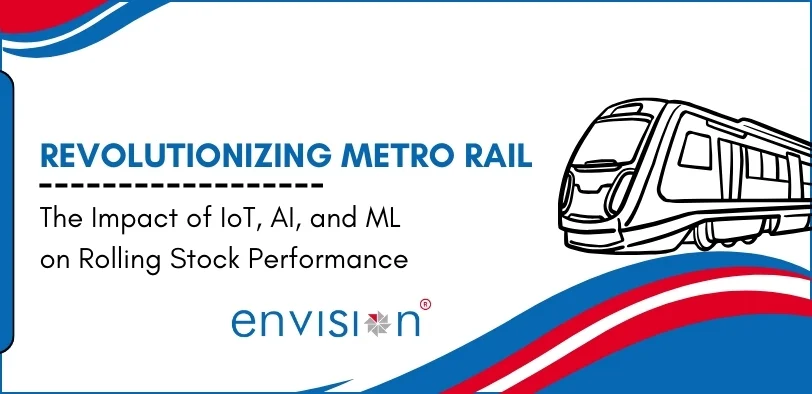
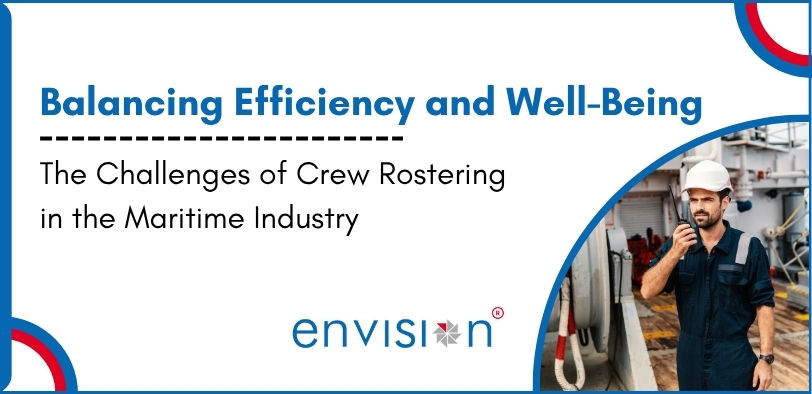
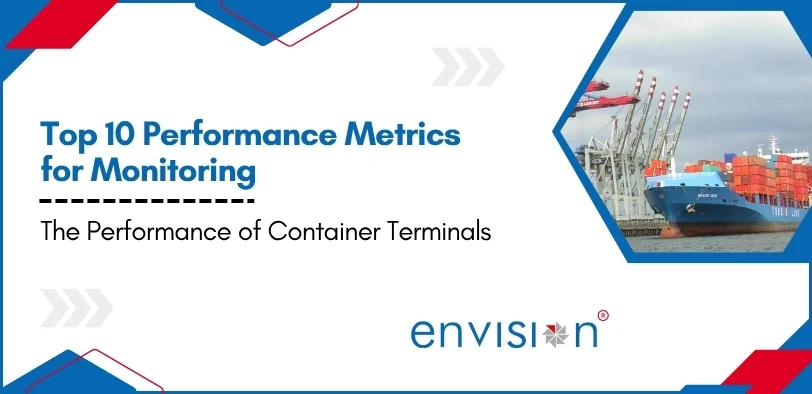
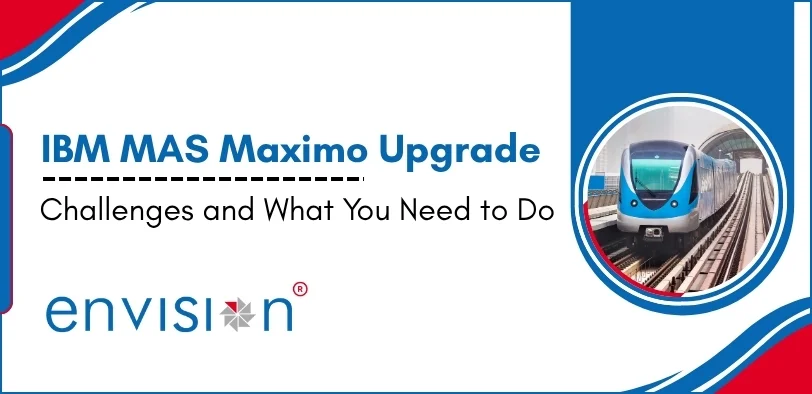
.webp)








%20ver1_1.webp)







.webp)
.png)
.png)







































